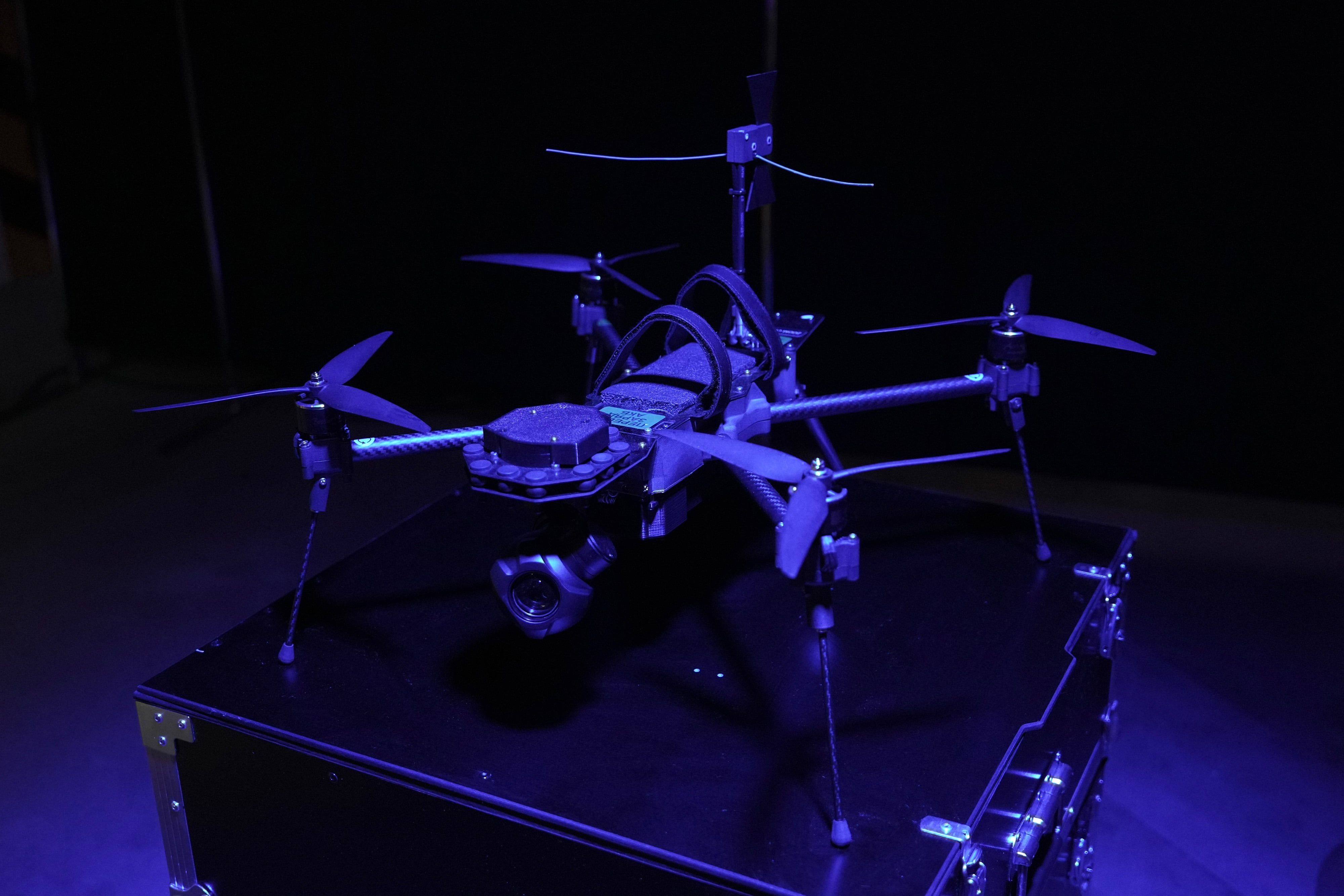One of the efforts the Navy is undertaking under the guise of the third offset strategy — commonly described as undercutting adversarial advances through human-machine teaming — is a recently established initiative to examine interoperability between the service’s sensors, platforms and weapons.
Task Force Netted Navy, which began in May 2016, is all about maximizing platforms, sensors and targeting information to examine how these systems share info across various platforms and talk to each other in ways they didn’t before, a Navy spokesman told C4ISRNET.
During a Sept. 7 panel discussion at the 2016 Intelligence and National Security Summit in Washington, B. Lynn Wright, the deputy director of naval intelligence, described this effort within the scope of the third offset strategy, noting that the real issue behind the offset strategy is not related to technology because much of the technology is commercially available; rather the issue is putting these technological advancements together. She added that the force needs to figure out a way to plug and play with what it already has.
"It’s a group of folks that are thinking about how we pull things together. If you look at … discussions on distributed lethality — there’s a whole lot of activity that takes place before you push the big red button, and so this is about how you make that left side of the pushing-the-big-red_button more plug and play," she told C4ISRNET following her appearance on the panel about the task force.
The Navy spokesman also reiterated that this task force builds upon the work the Navy has conducted within the distributed lethality initiative, which Lt. Cmdr. Katie Jacobson, a federal executive fellow at the think tank Rand, quoted Navy leadership as describing as "holding more adversaries at risk across a wider geography." Jacobson quoted Vice Adm. Thomas Brown in an op-ed, noting he described distributed lethality as "increasing offensive power … defensive hardening of individual ships" and employing them "in a more distributed manner."
The task force was directed by the chief of naval operations and is scheduled to run through the end of September with a prepared report on its findings, the spokesman said. While the report will likely be classified, there is a possibility the findings will lead the Navy to institute organizational changes similar to the Task Force Cyber Awakening results, the spokesman said.
Task Force Cyber Awakening was an initiative to examine the service’s posture in cyberspace aimed at hardening its systems following high-profile breaches. It led to a permanent office within the Navy to maintain a strong posture in cyberspace.
Mark Pomerleau is a reporter for C4ISRNET, covering information warfare and cyberspace.








